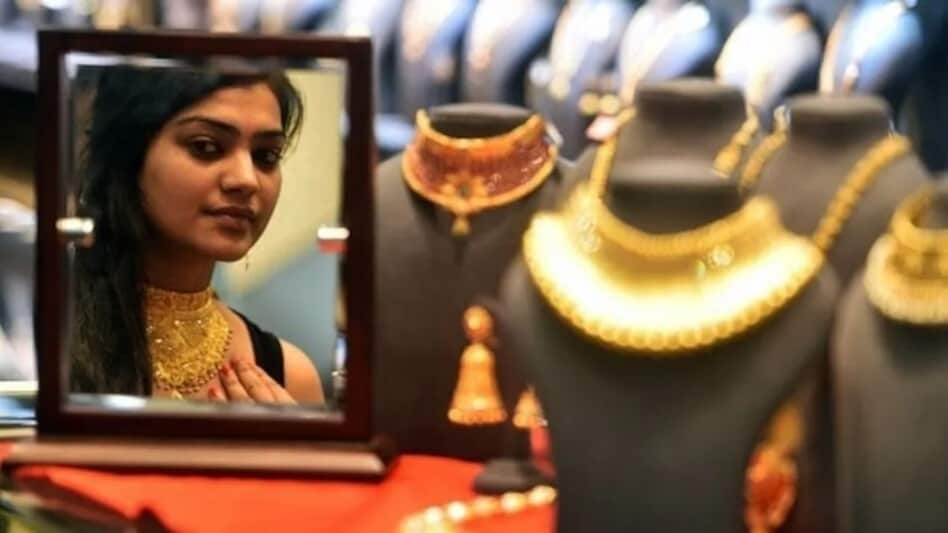 While gold as a commodity—through ETFs, coins, bars, or sovereign gold bonds—can offer market-aligned returns, jewellery comes loaded with hidden costs and poor liquidity.
While gold as a commodity—through ETFs, coins, bars, or sovereign gold bonds—can offer market-aligned returns, jewellery comes loaded with hidden costs and poor liquidity.
 While gold as a commodity—through ETFs, coins, bars, or sovereign gold bonds—can offer market-aligned returns, jewellery comes loaded with hidden costs and poor liquidity.
While gold as a commodity—through ETFs, coins, bars, or sovereign gold bonds—can offer market-aligned returns, jewellery comes loaded with hidden costs and poor liquidity.Before you splurge on that gold necklace thinking it’s a smart investment, here’s a reality check: a viral Reddit post lays out how you could lose up to 30% the moment you buy—and why jewellery may be the worst way to invest in gold.
In many Indian households, gold jewellery is considered a financial fallback—something to buy, hold, and maybe sell in times of need. But a Redditor’s sharply detailed breakdown argues that this belief doesn’t hold up when you crunch the numbers.
Take a 20-gram 22-karat gold necklace. At ₹10,000 per gram, the base cost is ₹2,00,000. Add 20% making charges (₹40,000) and 3% GST (₹7,200), and your total bill climbs to ₹2,47,200.
Now try selling it the next day. You’ll face non-refundable making charges, a purity deduction since 22K gold is only 91.6% pure, additional resale cuts of 1–2%, and no GST refund. The resale value? Around ₹1,80,000 to ₹2,00,000.
That’s a ₹47,000–₹67,000 loss—roughly 20–27% gone instantly.
The post makes a clear distinction: gold jewellery is not the same as investing in gold. While gold as a commodity—through ETFs, coins, bars, or sovereign gold bonds—can offer market-aligned returns, jewellery comes loaded with hidden costs and poor liquidity.
It’s primarily an emotional or cultural buy, not a financial asset.
Instead, those seeking actual gold investments are better off considering gold ETFs for liquidity and pricing transparency, sovereign gold bonds for government backing and tax perks, or coins and bars for their resale efficiency and purity.
As of July 5, 2025, 22K gold in India is priced between ₹6,200–₹6,400 per gram, and 24K gold between ₹6,800–₹7,000 per gram, depending on the city and the seller.